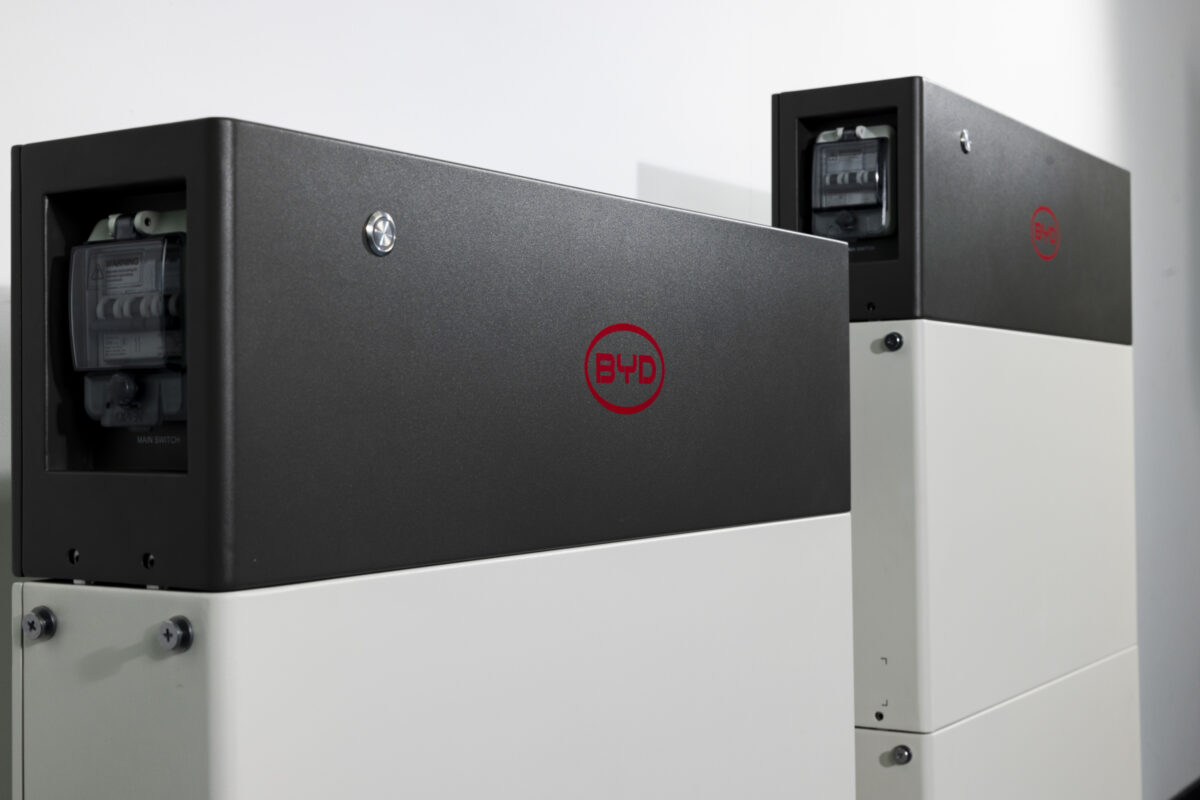From pv magazine India.
India’s solar module manufacturing capacity is set to grow almost 400%, from the 8GW per year that was in place at the end of March to 38-43GW four years later.
U.S.-owned Indian ratings agency Crisil has predicted 30-35GW of newly-commissioned module production capacity will be in place by the end of fiscal year 2024-25, helped by strong demand, favorable policy, solar panel conversion efficiency improvements, and cost-competitiveness.
The analysts’ estimate is based on capital expenditure (capex) plans announced by the top 11 Indian module manufacturers – which account for around 80% of India's current panel production capacity – plus some new entrants to the market.
PV module recycling
Crisil director Ankit Hakhu said: “With the government supporting domestic manufacturers, through policy measures, their competitiveness relative to the Chinese is expected to improve. The imposition of 40% customs duty on imported modules and the production-linked incentive (PLI) scheme benefits will not only eliminate the existing price gap but may even make domestic modules competitive by [$] 2-3 cents per watt, at current prices.”
Those supply-side interventions will be complemented by growing solar demand, due to a continuing government focus on renewables as well as the private sector’s focus on environmental, social and governance standards, added the ratings agency.
Crisil expects India to add 14GW of solar generation capacity per year in the current fiscal years, and for the next two, driving demand for cells and modules.
The analyst said Indian-made products could prove more attractive than imports due to having more predictable supply chains and being unfettered by surging shipping costs, as well as being, potentially, more competitively priced.
Aditya Jhaver, also a Crisil director, said: “We estimate INR50,000 crore ($6.71 billion) of investments across the value chain for capacity building in India through fiscal [2024-]2025. Module and cell manufacturing capacity is estimated to increase by 30-35GW each while, under the government’s production-linked incentive (PLI) scheme, we may also see backward integration into polysilicon and wafer capacities.
“A portion of the capex is also moving towards newer technologies such as mono PERC [and] bifacial modules, where [conversion] efficiencies are higher, and comparable with imports. That, along with healthy demand – which is supporting order books – and favorable government policies, is expected to drive operating margins for integrated solar module manufacturers (manufacturing both cells and modules) to 12-13%. It will also result in a payback period of 4.5-5 years, assuming 50% utilization levels.”
The solar module manufacturing value chain starts with polysilicon and/or silicon ingots, which are converted into wafers. The wafers are used to produce solar cells which are then assembled into solar modules.
Capacity
As of March 31, India had 3GW of solar cell capacity, mostly used for the in-house production of modules, and 8GW of effective solar panel production capacity. The nation has no polysilicon or wafer manufacturing capacity yet, according to Crisil, and the absence of the “backward integration” of those steps of the solar value chain renders Indian-made modules uncompetitive with cheaper imports.
According to Crisil, India’s 8GW of module capacity remains under-utilized, with just 20% in operation as panel imports from China retail 15-25% cheaper – or $0.04-0.06/watt – because of state subsidies and economies of scale. As a result, nearly 80% of India’s solar module demand is met by Chinese products.
That low level of demand for Indian modules has disincentivized major investment in more advanced products and into the backward integration of polysilicon and wafer manufacturing.
This content is protected by copyright and may not be reused. If you want to cooperate with us and would like to reuse some of our content, please contact: editors@pv-magazine.com.




1 comment
By submitting this form you agree to pv magazine using your data for the purposes of publishing your comment.
Your personal data will only be disclosed or otherwise transmitted to third parties for the purposes of spam filtering or if this is necessary for technical maintenance of the website. Any other transfer to third parties will not take place unless this is justified on the basis of applicable data protection regulations or if pv magazine is legally obliged to do so.
You may revoke this consent at any time with effect for the future, in which case your personal data will be deleted immediately. Otherwise, your data will be deleted if pv magazine has processed your request or the purpose of data storage is fulfilled.
Further information on data privacy can be found in our Data Protection Policy.